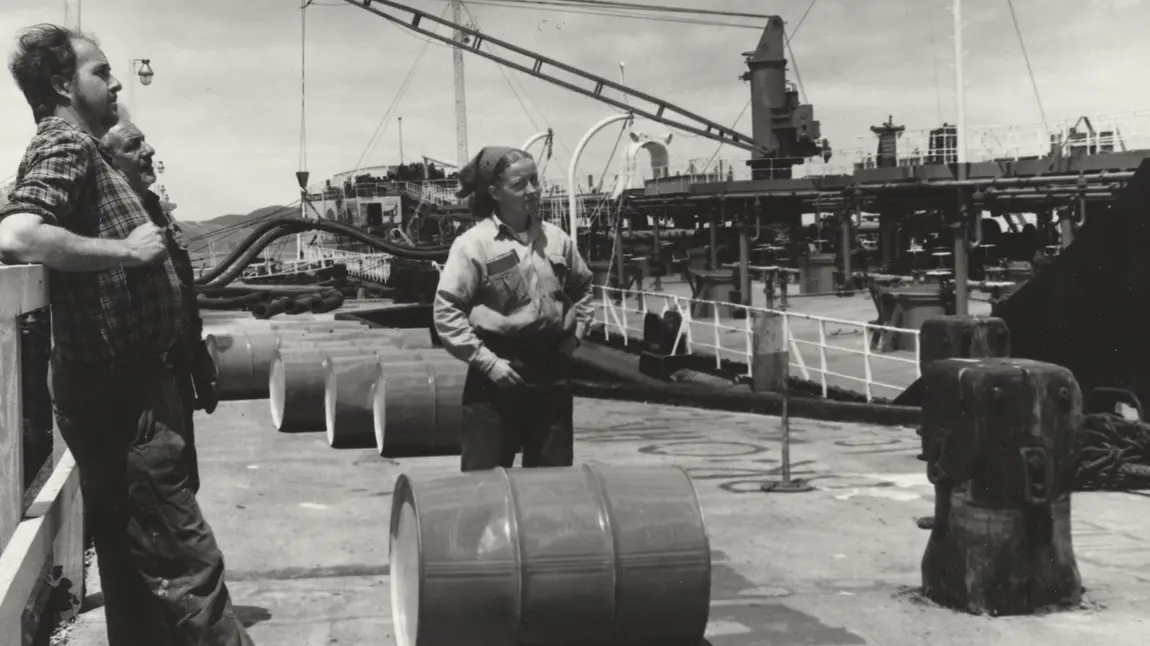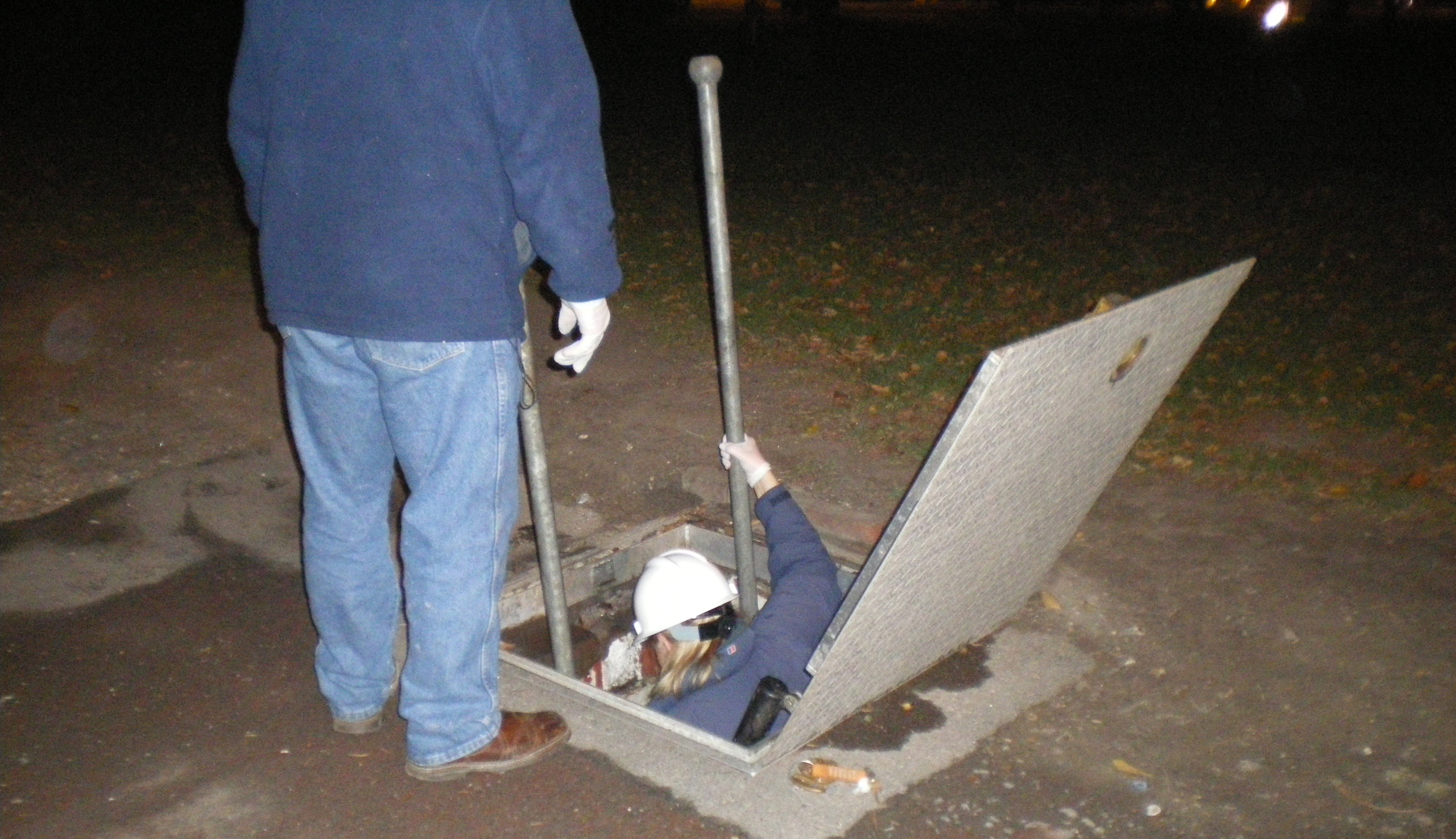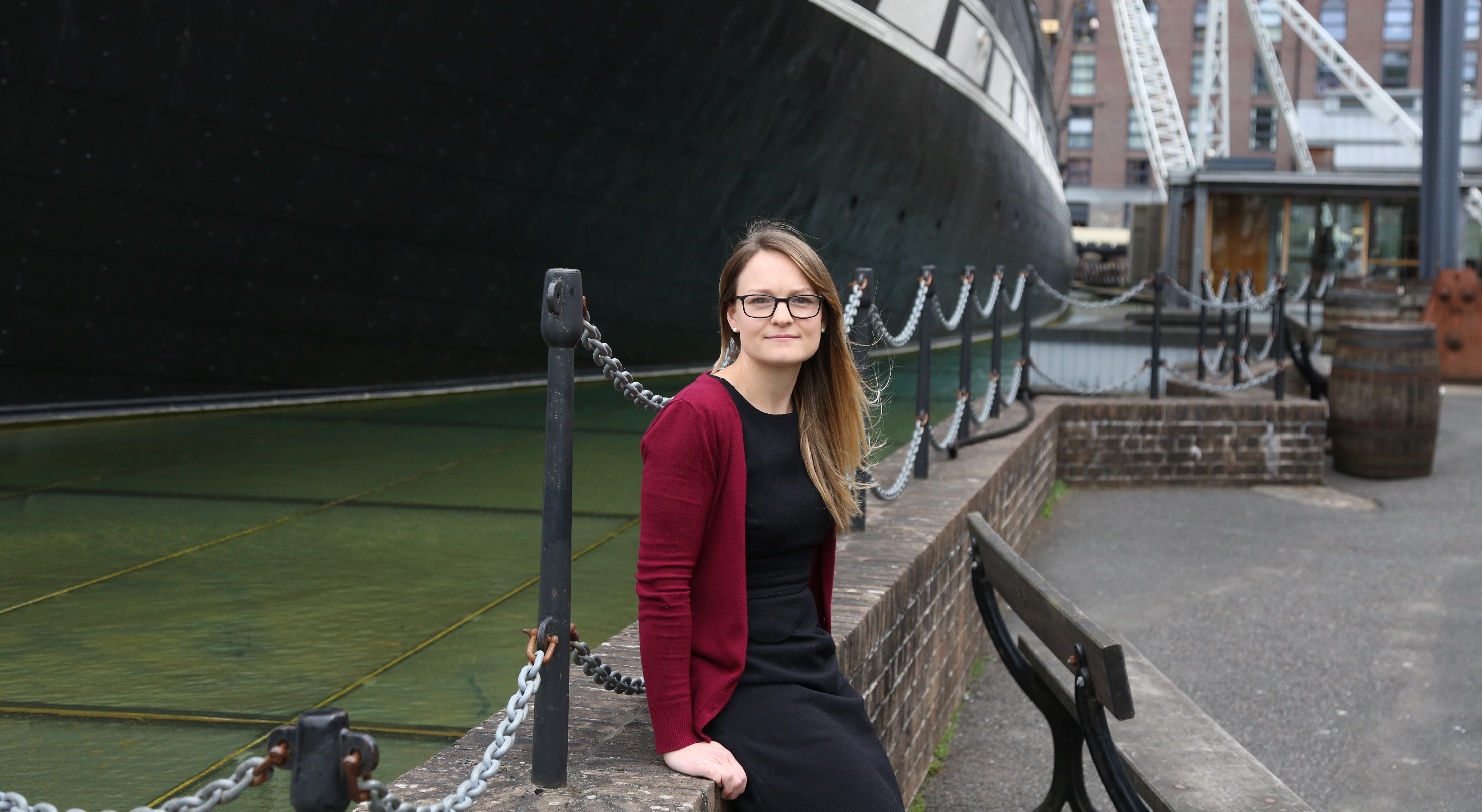Inspirational tips from the Women’s Engineering Society

Founded as a way of supporting women in employment and education in the varied fields of engineering, WES counts many notable women with fascinating lives and careers within their cohort – past and present.
This year’s INWED sees them launching their Centenary Trail thanks to National Lottery funding. The Trail is aiming to redress the fact that arguably only one of their members is widely recognised in the history of engineering, pilot Amy Johnson. Through creating or improving Wikipedia entries for other members who have been overlooked, which are then pulled through to the Centenary Map, WES will record and share the history of women’s engineering with the wider public.
We spoke to a handful of their current members and asked them for advice on how to break into engineering, and also who the women in engineering of yesteryear are that have inspired them the most.
Nina Baker – Engineering Historian
Nina worked as a merchant navy deck officer on leaving school in 1972. It wasn’t until her 30s that she started her engineering design degree at the University of Warwick, followed by a PhD in concrete durability from the University of Liverpool, before working in education and politics. Now retired from all that, her interest in promoting STEM (Science, Technology, Engineering, and Math) careers for girls has led her to become an independent researcher, mainly specialising in the history of women in engineering.
"Enthusiasm and hard work can overcome a lot, but good maths is still helpful to an engineer. I learnt this the hard way, starting an engineering degree in my 30s with only O-Level maths. Practical skills are always useful too – Hilda Lyon, a Cambridge maths graduate who became an aeronautical engineer in the 1930s, and helped design the R101 airship, always regretted not having done practical metalwork at a technical college as well.
"Enthusiasm and hard work can overcome a lot, but good maths is still helpful to an engineer."
Victoria Drummond, the first female ship’s engineer, was my personal heroine when I had ambitions for a seafaring career in the 1960s. She used every contact she could to get her training and jobs at sea in the 1920s and never gave up when the government examiners refused to pass her for her chief engineer’s certificate, just because she was female. She retook the UK exam 31 times but eventually qualified in Panama where the examiners were given un-named papers to mark and did not know she was a woman. She had a tough life but never gave up."
Geraldine O’Farrell – Chartered Engineer for Historic England
Geraldine has spent the last 45 years working as a building services engineer in both the construction and design sides of the industry. She has been a Chartered Engineer for Historic England for the last 20 years.
"Unlike the rest of Europe, where the term ‘Engineer’ is usually a protected professional title, anyone can use it to describe their job in the UK.
I visit schools and colleges to encourage students to consider engineering. The field is still a mystery to most pupils, especially female students.

My advice is to investigate exactly what is involved in working as any variety of engineer. If you enjoy mathematics, science and technology then you could be overlooking a very satisfying profession.
If you also enjoy history, art, architecture and archaeology then you could combine them all and work within the historic environment ensuring that our heritage and history are preserved for future generations to enjoy.
One of my most inspiring women in engineering would have to be Beatrice (Tilly) Shilling, a British aeronautical engineer and amateur racing driver. She combined inspirational engineering with a love of motor racing, which I personally relate to as a former member of the British Automobile Racing Club."
Nicola Grahamslaw - Ship's Conservation Engineer at Brunel's SS Great Britain
Nicola is a chartered Mechanical Engineer who worked as a design analyst and project engineer in the aerospace and nuclear power industries prior to her recent move into the heritage sector. In 2018, she was appointed to her current post at SS Great Britain, the same year she was named as one of the Telegraph’s Top 50 Women in Engineering.

"My advice for anyone thinking about Engineering is to speak to or read about as many different engineers as possible because, engineering is a really wide-ranging subject. There are so many possibilities that it’s difficult to appreciate or understand them all when you’re first embarking on your career. My other piece of advice would be not to be afraid of changing your mind – engineering furnishes you with really useful transferable skills so you’ll be well-placed for a wide variety of jobs, and no career decision is ever irreversible.
"I was inspired by Carol Vorderman, to me she helped to make maths cool!"
“I didn’t really know about engineers of the past growing up (I didn’t know much about engineering at all, in fact)! I was inspired by Carol Vorderman, to me she helped to make maths cool! Going into my career there wasn’t anyone famous or well-known, but there was one other woman in my team when I started my first engineering job, and I was inspired and encouraged by her because she never let anything phase her – she was totally comfortable and confident being a young woman in a room full of older men and I found that such a positive role model to have. For me the everyday “here and now” role models in my workplaces have had more of an impact than any historical ones, but that might just be because I didn’t have access to the heritage stories, so it’s really important for us to make sure that the next generation does have access to them."
WES Centenary Map
To find out about the WES Centenary Trail and see the map, visit the WES Centenary Map. The map’s content will shift and grow throughout the project and WES plan to have 200 map pins to explore by the end of the project in May 2020.